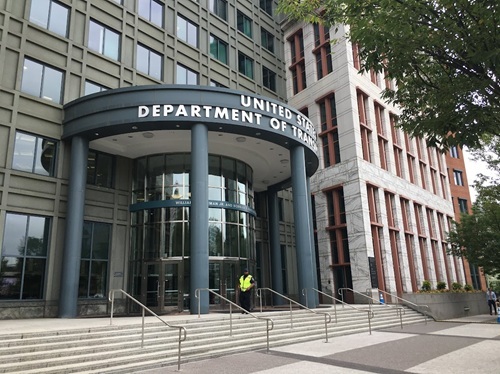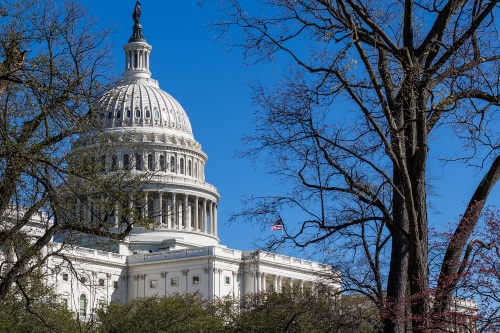The surface transportation reauthorization bill expected to be formally unveiled next week by the Senate Committee on Environment and Public Works would appropriate $287 billion for highway infrastructure over the next five years – a 28 percent increase over current spending levels – with nearly 90 percent or $259 billion distributed to states via the traditional formula-funding process.
Details obtained by Politico Magazine indicate the bill would also address climate change both by authorizing new “formula-based and discretionary grant programs to begin to reduce transportation-related emissions” and establishing a program “to support projects that will improve the resiliency of roads and bridges to natural disasters and extreme weather events.”

The bill would also codify tenets of the “One Federal Decision” project-streamlining policy, which seeks to eliminate duplication in federal permitting processes and sets a goal of two-years for completing all environmental reviews and authorization decisions for major infrastructure projects
Those tenets align with public remarks made by Sen. John Barrasso, R-Wyo., the committee’s chairman, during a July 10 hearing regarding the reauthorization of the 2015 Fixing America’s Surface Transportation or FAST Act.
“We … are working to pass a five-year highway infrastructure bill to fix our roads, our bridges, and our highways,” Sen. Barrasso said at that hearing.
“That means maintaining each state’s share of highway formula funding [as] formula funding gives each state the flexibility they need to address their specific surface transportation needs,” he added. “Maintaining the federal highway program’s current approach of distributing over 90 percent of the funds to the states by formula is the key to this. It is a proven approach that works for everyone and should be continued.”
Carlos Braceras, executive director of the Utah Department of Transportation and 2018-2019 president for the American Association of State Highway and Transportation Officials, also emphasized the importance of making formula-funding – what he described as the “heart and soul” of the Federal-aid highway program – the primary avenue for supporting transportation investments across the country.

“The formula-based program framework built the Interstate Highway System and the National Highway System, the backbone of our national network of roads and bridges that drives our national economy,” Braceras said.
“This remains the optimal approach to underpin the next surface transportation legislation that will serve all corners of our country by improving mobility and quality of life in urban, suburban, and rural areas,” he added. “If we can have long-term predictability, we also get the best value for our investments in transportation projects.”
Those points, among others, are also reiterated in a 32-page report recently released by the American Road & Transportation Builders Association.

“Federal resources consistently support more than half of all annual state highway and bridge capital expenditures,” ARTBA’s report noted. “A dependable and robust [transportation] revenue foundation must be established to support needed improvements to aging and neglected infrastructure facilities … resources complemented and optimized by building on several recent federal policy reforms to advance new regulatory efficiencies, outcome-focused policy structures, and enhanced safety and accountability metrics.”
Recommendations made in ARTBA’s report include:
- Beef up transportation funding via user-fee-based revenues. Options include an increase in the federal motor fuels tax, a one-time federal excise tax on electric vehicle batteries, and a user fee capturing value from freight movement.
- Provide flexibility for states to make key project-level decisions.
- Reform and improve the Transportation Infrastructure & Finance Improvement Act or TIFIA program, lift the cap on Private Activity Bonds for highway projects, and eliminate the federal ban on tolling interstate highways.
 Top Stories
Top Stories
USDOT Issues $1B in Local Road Safety Funding
January 2, 2026 Top Stories
Top Stories

